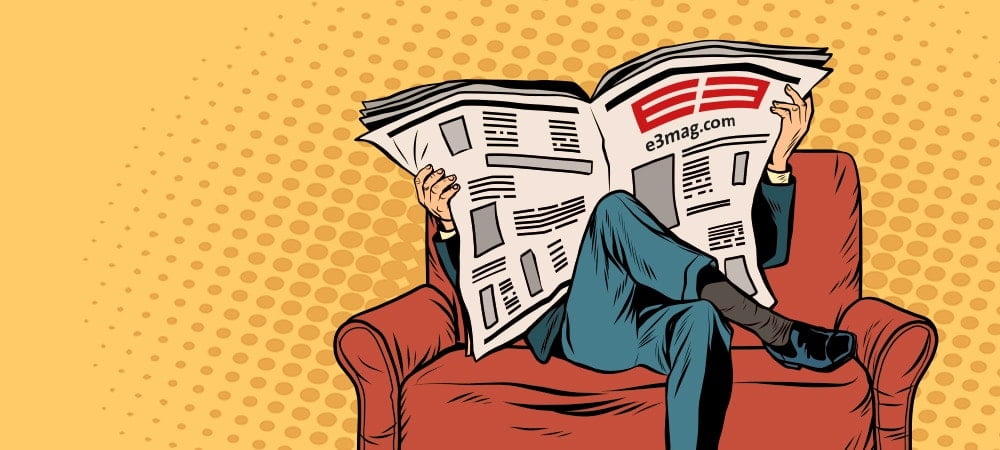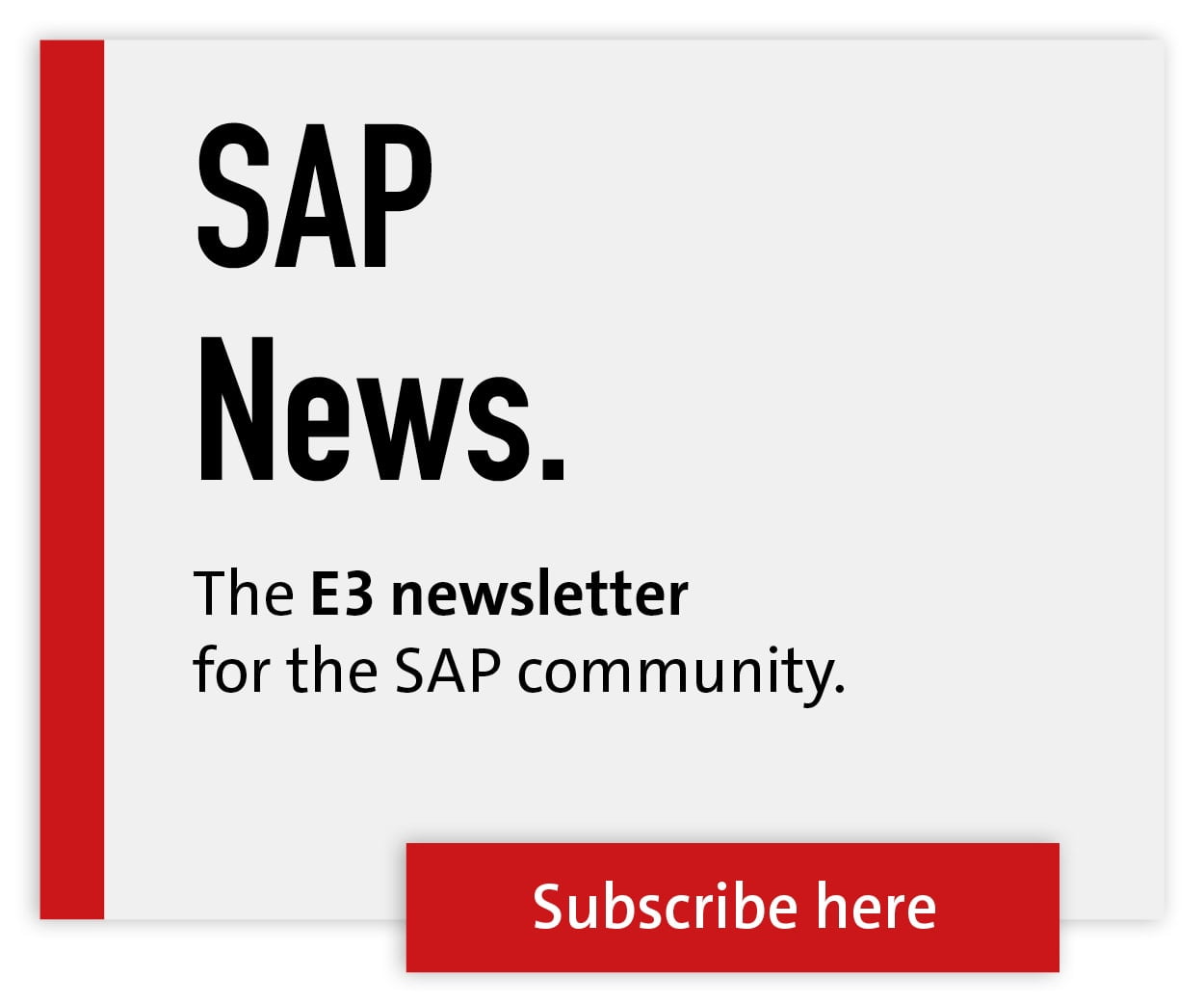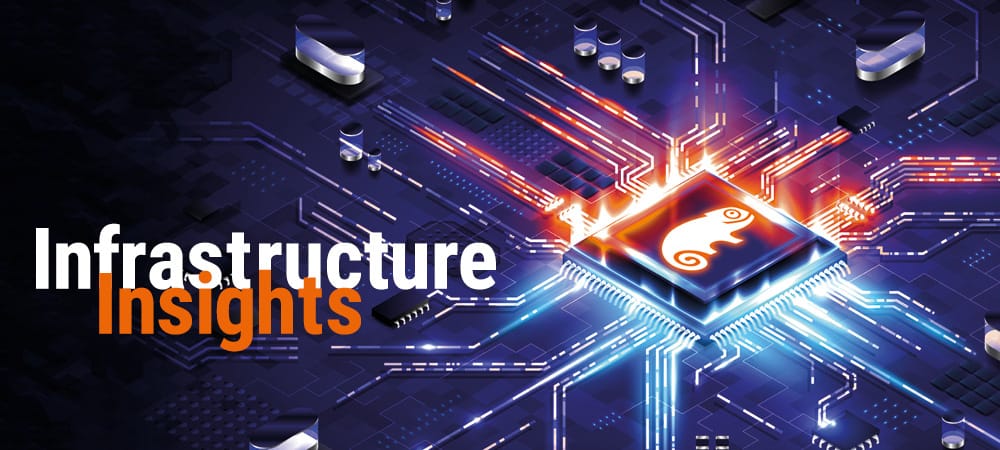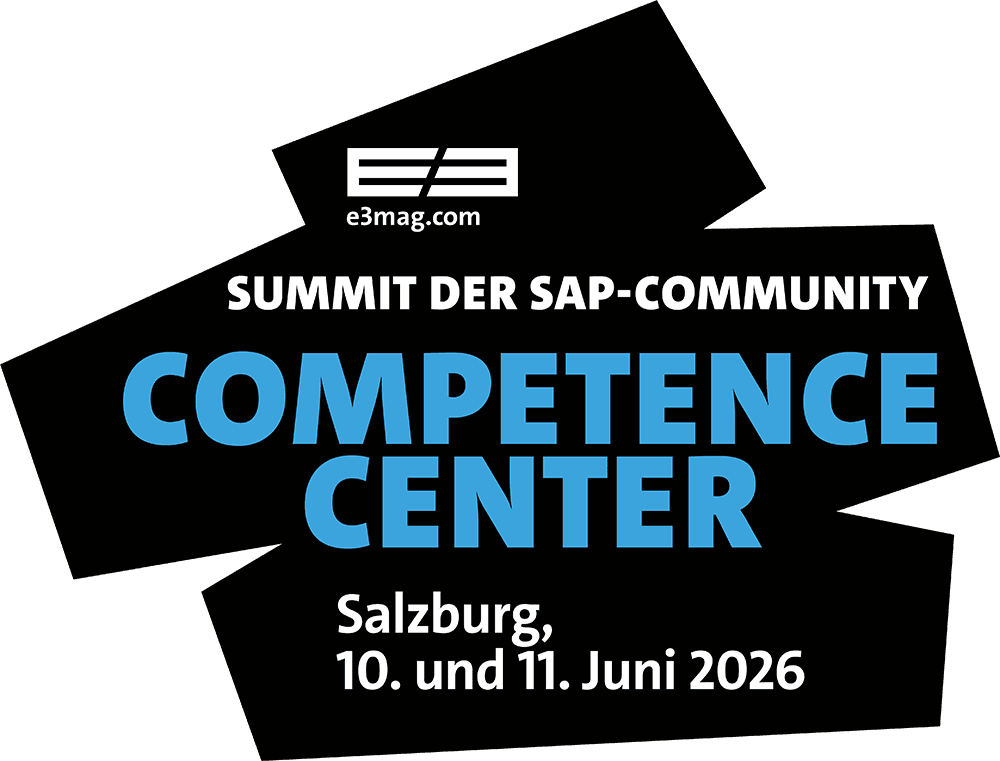SAP Overlicensing


From sublicensing to overlicensing
SAP license management is regarded in the SAP community as an extremely complex, multi-layered topic requiring in-depth technical and legal expertise. Due to the large number of software products and the complexity involved, precisely defining software license compliance is particularly difficult. SAP customers who neglect this issue risk facing significant financial disadvantages.
SAP is entitled to verify the licensing of its customers. In the past, SAP sales representatives used a popular trick in classic R/3. Usually, in the summer when vacation interns were present, the number of R/3 users would increase. Technically, registering more users in the system than the R/3 license agreement allowed was no problem. A random license measurement by SAP would then often reveal under-licensing, requiring the purchase of additional licenses. Once the interns left, however, there was over-licensing, and SAP began collecting a substantial maintenance fee.
A strategic orientation for SAP customers must ensure compliance and optimal license costs for on-prem and cloud solutions. Over-licensing is a major cost factor. Those who are over-licensed pay too much, which SAP's tier-based pricing model often encourages. In this model, customers buy additional licenses to achieve discount levels, resulting in unused licenses, or "shelfware."
Over-licensing and downstream support and subscription costs
To overcome the challenge of over-licensing, lawyers and IT experts recommend setting up an internal license management office that reports directly to the CIO or CFO or using external Software Asset Management (SAM) service providers. SAM solutions help ensure SAP compliance, analyze S/4 migrations, compare indirect access with direct access, and evaluate SAP SaaS options. An intensive license review can often pay off financially.
Optimizing on-prem and cloud licenses requires detailed insight into the actual use of SAP installations. It is crucial to identify unused licenses (shelfware) to reallocate resources to other users or systems. The biggest cost driver in user licensing is over-licensing due to incorrect license type allocation. Examples include professional licenses for managers who only occasionally or never use the SAP system, and inactive and duplicate ERP users.
End of support, license termination and decommissioning
The switch to S/4 will be accelerated by the announced end of mainstream maintenance for SAP Business Suite 7 core applications (ERP/ECC 6.0) in 2027, 2030, and possibly 2033. Maintenance fees are generally payable from the time of software delivery.
Over ten years ago, Gartner analysts noted that control over one's licenses is invaluable. Long before the cloud computing era and the "subscription" license model, there was a discourse on ERP autonomy and self-owned licenses.
Customers with their own licenses have the right to terminate maintenance with SAP and switch to a third-party provider. In very few cases, the acquired right to use the software expires. SAP disapproves of this step, which often leads to legal disputes when customers return to SAP maintenance.
There are defined processes for license decommissioning. SAP offers to terminate unused on-premises licenses and the associated maintenance level (decommissioning) if a subscription to new cloud services (Cloud Extension Program) or on-premises licenses is purchased. However, no advance maintenance fees will be refunded.
Second-hand SAP software
Trading in used SAP licenses is based on the fact that purchased software usage rights rarely expire. Courts have confirmed the legality of transferring purchased licenses under certain technical and logical conditions. Although IT providers such as SAP, Microsoft, Adobe, and Oracle oppose this market and have fought against it, reselling to third parties is a way to optimize licenses. However, selling legacy licenses can lead to disputes and disadvantages regarding future negotiations and partnerships with SAP.
SAP license agreements harbor unexpected cost risks. Thorough and strategic preparation of license negotiations is necessary to avoid these risks and realize potential savings. Since SAP does not publicly disclose the price and conditions list (PKL), and the actual price list is an Excel spreadsheet, information on metrics and prices is difficult to obtain. However, the DSAG user association regularly provides its members with price lists and delta information.
S/4 license conversion for on-prem and cloud
License conversion is central to S/4 migration. The product conversion option, which retained old R/3 contract components, was discontinued in PKL Q2/2023. For customers, Contract Conversion (CC) is the primary option. CC offsets the entire existing license value as a credit. With CC, customers lose all old rights and switch to the current license model. Additionally, SAP generally requires that the value of the new contract be at least two percent higher than the list price of the licenses included in the old contract.
SAP is also gradually transitioning from usage-based to entitlement-based licensing. This is the new reality for all customers with existing S/4, RISE, or GROW contracts. Assigning too many roles ("monster roles") can quickly lead to expensive licenses. The best strategy is to revise the authorization concept before license measurement to reduce the risk of expensive authorization-based allocation.
Vendor lock-in and Full Use Equivalent (SAP FUE)
SAP is pursuing a cloud strategy with its RISE offering. RISE is a subscription model in which customers change from owners to tenants. The right of use expires at the end of the cloud contract, and SAP is entitled to delete all data one day after the contract ends. This leads to vendor lock-in.
The central licensing model in the cloud context is Full Use Equivalent (FUE). The FUE is a complex set of rules that converts existing licenses into cloud subscriptions. The complexity of the FUE model is a key driver of increased license management complexity. SAP does not have an official cloud exit strategy, which is why the path to the cloud is often described as a one-way street. As a result of the FUE conversion, customers lose all autonomy over their ERP.
Companies are advised to continuously optimize their licensing landscape and transparently query the actual costs, including annual increases, of cloud services to avoid over-licensing. After outsourcing historical data to audit-proof platforms, decommissioning legacy systems can enable massive cost savings of 80 percent or more in operating costs, as legacy systems can be shut down completely.
SAP lacks the tools to orchestrate an ERP system with a fluctuating number of users, i.e., flexible software licenses. SAP customers can always purchase new licenses, but returning or suspending maintenance and service fees for existing licenses is almost impossible. If SAP wants to remain a "friend" of the German economy, new license rules must be included in the PKL (SAP price and conditions list).





